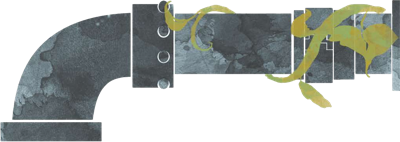

To better understand the impact of traffic congestion, diesel trucks, and highways on the SoMa and Tenderloin community, Brightline Defense is exploring the deployment of Aerosolized Back Carbon Devices (ABCDs) in addition to particulate matter sensors (Clarity Nodes) to better assess traffic related impacts on air quality. Students worked on a data review, seeking to identify network gaps, find new locations to place sensors to address these gaps, and conduct community outreach to get permission for sensor installation. Students reviewed available air quality data and co-location design concerns, as well as community needs, balancing recommendations with grant requirements and the technical limitations of siting sensors. The deliverable contains an explanation of the team’s methods, a list and map of potential locations, and a description of the team’s outreach work.
The Brightline Air Quality Monitoring Program is an AB617 funded program to serve Eastern San Francisco communities in San Francisco. The primary objective of this program is to monitor the air quality that disadvantaged communities in San Francisco face. This monitoring program fills gaps in low-cost sensors in Eastern San Francisco communities of the Tenderloin, South of Market Street, and Chinatown. Brightline seeks to better understand the impact of industrial and stationary sources of pollution on the SoMa and Tenderloin community, and students worked on a literature and data review to assist. They reviewed permitted stationary sources of pollution and researched the different impacts of the stationary sources as well as the limitations of characterizing these sources. They also students explored how the impacts of stationary sources can be mitigated. Students generated a final report and a presentation slide deck to share their findings.